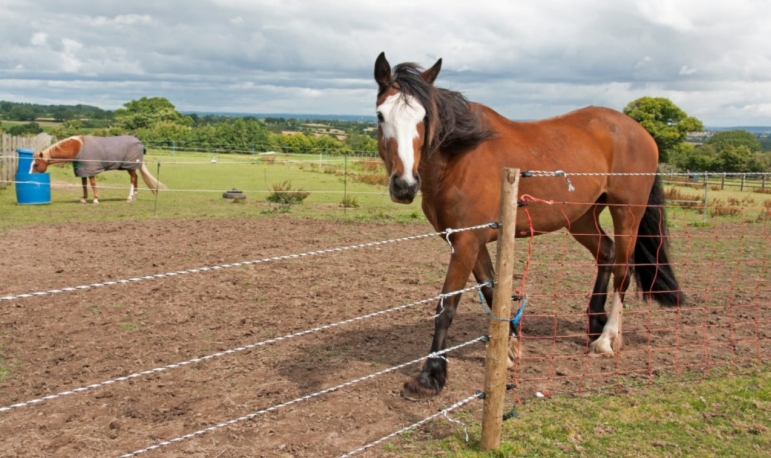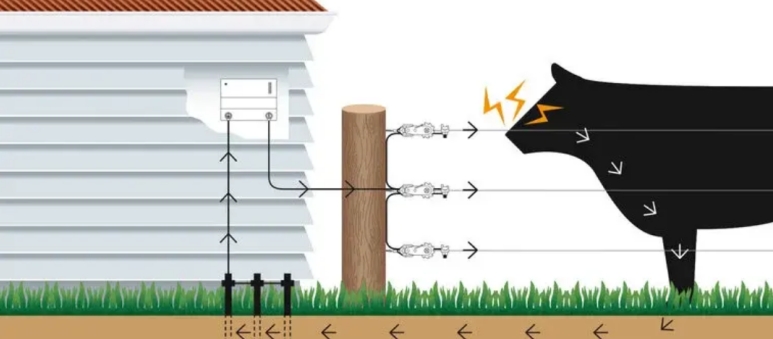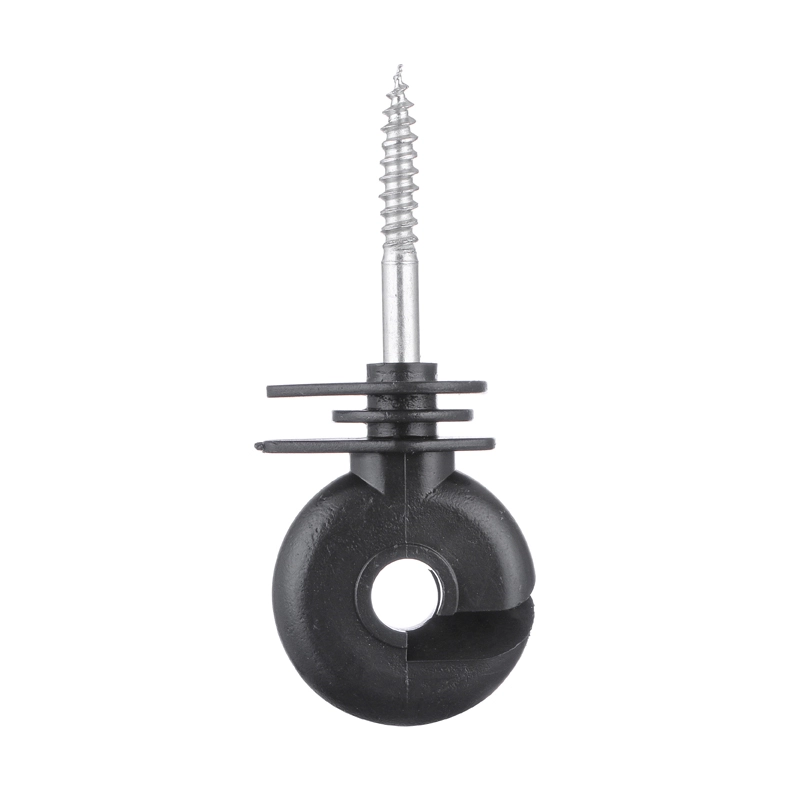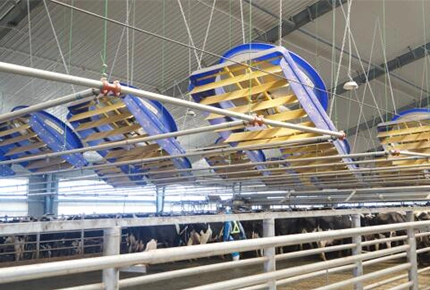Create Time: 09 ,11 ,2024

If you visit the grasslands of the Qinghai-Tibet Plateau or Inner Mongolia, you'll easily spot grid-like fences made of electrified ropes, an essential tool in modern livestock management. In Europe and North America, fencing is also a nearly ubiquitous piece of infrastructure.
Many customers may have concerns about the safety of electric fencing on ranches, worrying that it involves 'high voltage.'Although we have addressed this question many times, some people still express concerns.
When discussing the safety of electric stock fencing on ranches, we first need to address the concept of 'high voltage.'

Although pulse electric fences are sometimes referred to as high-voltage pulse electric fences, which may sound similar to high-voltage power grids, there is actually a significant difference between the two. While the pulse voltage of an electric fence system can reach 6,000-10,000 volts, its pulse repetition rate is extremely low (only once per second) and the duration is very short (≤0.1 seconds), with a maximum energy of 5 joules and a maximum charge of 2.5 millicoulombs.
As a result, when animals touch the fence, they only experience a brief, safe shock that conditions them to remember not to touch it again. This management method not only effectively protects the animals within the ranch but also successfully prevents outside animals and wildlife from entering.

So, is the installation process for electric fencing on ranches complicated?
In terms of mobility, electric fencing, as a new method of enclosure and management, primarily consists of posts, electrified wires, insulators, and related accessories. It can easily enclose areas that need management with electrified wire ropes, bands, or mesh. The installation process is very simple, does not require professional assistance, and takes little time. Compared to traditional fences, electric fences offer greater mobility and ease of disassembly, have a lower damage rate, and provide excellent enclosure effectiveness while also offering aesthetic advantages. Furthermore, in terms of initial costs, as well as installation, maintenance, and lifespan, electric fences far outperform traditional fencing.
Regarding energy efficiency, it's worth noting that electric fences are equipped with solar panels and consume very little energy daily—equivalent to a 5-watt household bulb, using only one kilowatt-hour every 10 days. Therefore, there’s no need to worry about energy consumption. Additionally, our pulse control unit features six fault alarm modes, and the fence power can be freely adjusted according to needs. Whether used on grasslands, cattle and sheep farms, or in forests, farmlands, and other locations, electric fencing effectively manages the movement of animals and facilitates efficient rotational grazing.
 English
English  中文
中文 









